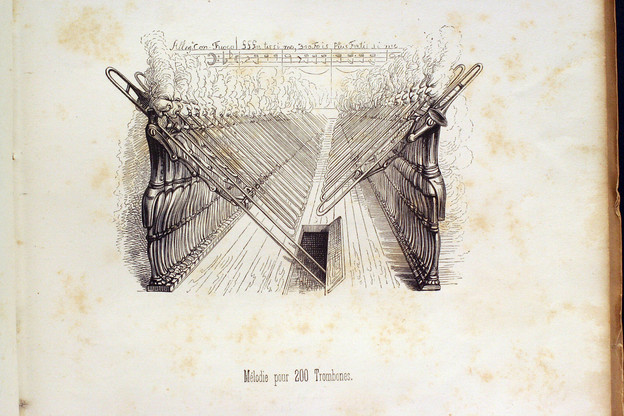Individual copy
Unpacking Walter Benjamin's iterations

Walter Benjamin is perhaps the writer we most commonly associate with the recognition of the changes induced in the work of art by the “age of mechanical reproduction” in the modernist period. In that essay, Benjamin’s focus is primarily on visual and auditory reproduction, but he begins the essay with “The enormous changes brought about in literature by movable type, the technological reproducibility of writing.” He then goes on to state:
Around 1900, technological reproduction not only had reached a standard that permitted it to reproduce all known works of art, profoundly modifying their effect, but it had also captured a place of its own among the artistic processes.
Benjamin has in mind here phonography, lithography, photography, and cinema. But, as a quotation from Paul Valéry immediately prior to this passage suggests, these changes––along with those directly bearing on print, such as the rise of the typewriter––affected the way writers like Stein, Valéry, and Benjamin approached the printed book’s already established place among literary processes.
In the essay “Unpacking My Library,” Benjamin would at first glance seem to oppose the auratic quality of the book to the new forms of mass reproduction. But by focusing on the individual life of each copy, Benjamin also highlights the tension between mass produced object and each particular instantiation. In “Unpacking My Library,” Benjamin describes the collector as one concerned with the editions––that is, particular technological reproductions––rather than the contents of books: “even though the purchaser may be thoroughly acquainted with the book order from a catalogue, the individual copy will always remain a surprise.”
“Unpacking My Library” finds in the book precisely the problem that Benjamin describes in “The Work of Art in an Age of Mechanical Reproducibility.” There, Benjamin writes: “the technology of reproduction detaches the reproduced object form the sphere of tradition. By replicating the work many times over, it substitutes a mass existence for a unique existence. And in permitting the reproduction to reach the recipient in his or her own situation, it actualizes that which is reproduced.” In “Unpacking My Library,” Benjamin “actualizes” the copy in this way: “For [collector], not only books but also copies of books have their fates. And in this sense, the most important fate of a copy is its encounter with him, with his own collection. I am not exaggerating when I say that to a true collector the acquisition of an old book is its rebirth.”
“Unpacking My Library” is a work that grapples with the doubleness of the reproduced work: the collector of works seeks the aura of the book, which is only a copy. This doubleness is reinforced by the way Benjamin constructs his essay out of stories of other books. This method of course is central to Benjamin’s collecting practice in Das Passagen-Werk (The Arcades Project). The book functions for Benjamin as both copy and a particular object. Marjorie Perloff has pointed to the similarities between Benjamin’s Arcades Project and contemporary conceptual writing. A key explanation for that similarity, I would like to suggest, lies in Benjamin’s interest in the relationship between mechanical reproduction and the iterability of the book. Benjamin’s insight is similar to Stein’s and anticipates a later, fuller exploration of the literary and artistic possibilities suggested by the relationship between editions, copies, and copying.
Iterations